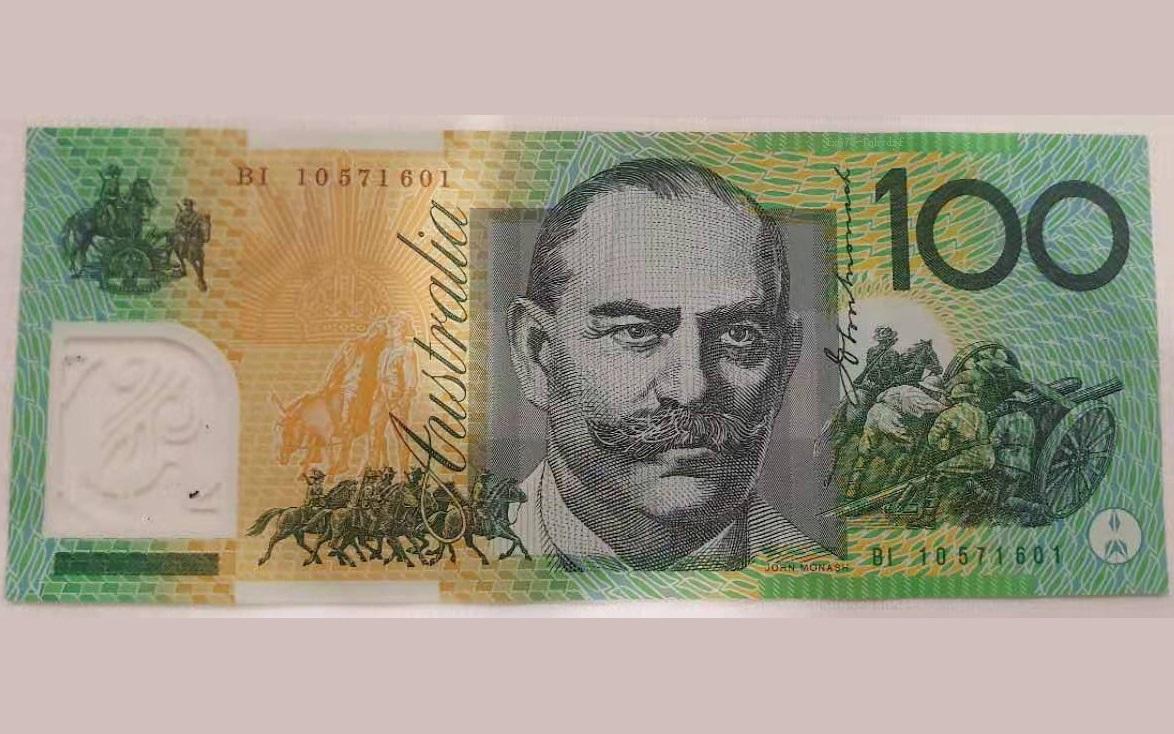Big news! Australia's economic alarm sounded: Soaring unemployment rate triggered expectations of interest rate cuts, and the Australian dollar plummeted!
2025-07-17 10:55:48

1. Employment data "explodes": unemployment rate hits a three-year high
On Thursday (July 17), the June employment report released by the Australian Bureau of Statistics completely shattered the market's optimistic expectations. Data showed that the number of employed people in that month increased slightly by 2,000, far below the 20,000 predicted by economists, and the unemployment rate soared from 4.1% to 4.3%, the highest level since the end of 2021.
This result completely shattered the long-standing "stable myth" of the Australian labor market. Since the end of 2023, the unemployment rate has remained in a narrow range of 3.9%-4.2%. Even though the economic growth rate has slowed down, the job market has shown amazing resilience. However, the collapse of the June data has undoubtedly sounded the alarm for the Australian economy.
2. Market reaction: Australian dollar plummets, and the probability of a rate cut soars to 90%
After the employment data was released, the financial market "changed its face" in an instant. The Australian dollar fell sharply against the US dollar by 0.7% to $0.6474, a new low in nearly two months. At the same time, the interest rate futures market was betting wildly on interest rate cuts - traders pushed the probability of the Reserve Bank of Australia cutting interest rates by 25 basis points in August to 90%, and the implied interest rate expectations dropped sharply from 3.12% to 3.05%.
Abhijit Suriya, senior economist for Asia Pacific at Capital Economics, said bluntly: "This data completely locks in the result of an interest rate cut in August! If the inflation data continues to be weak at the end of the month, we can even not rule out the possibility of a one-time 50 basis point interest rate cut by the central bank."
3. Inflation is the final key: July 30th will determine life and death
Right now, all eyes are on the second quarter CPI data to be released on July 30. Analysts generally predict that if the core inflation rate falls within the range of 0.6%-0.7% month-on-month, it will clear the last obstacle for the central bank to cut interest rates.
It is worth noting that the Reserve Bank of Australia has kept interest rates at 3.85% this month, citing the reason of "waiting for more evidence of inflation". However, the sudden jump in unemployment has obviously disrupted its original rhythm. Economists warn that if both inflation and employment are weak, the central bank may be forced to start the easing cycle ahead of schedule.
4. Chain reaction: NZD follows the decline, food inflation adds another variable
Australia's shock quickly spread to neighboring countries. The New Zealand dollar fell 0.54% to $0.5914 against the U.S. dollar, with technical support at 0.5884. More difficult is that New Zealand's food prices soared 4.6% year-on-year in June and 1.2% month-on-month, indicating that its CPI in the second quarter may climb to 2.8%, higher than the central bank's expectations.
Satish Ranchod, senior economist at Westpac Bank, pointed out: "Although the Reserve Bank of New Zealand has stopped cutting interest rates this month, economic weakness has already emerged, and it is only a matter of time before the policy turns to easing in the future."
Conclusion: The storm has just begun
?The chain reaction triggered by the employment data has completely exposed the fragility of the Australian and New Zealand economies. As the dual pressures of inflation and employment intensify, the policy balance of central banks is rapidly tilting towards "maintaining growth". For investors, the inflation report on July 30 may become the "ultimate judgment" to determine the direction of the market.
At 10:54 Beijing time, the Australian dollar is trading at 0.6477/78 against the U.S. dollar.
- Risk Warning and Disclaimer
- The market involves risk, and trading may not be suitable for all investors. This article is for reference only and does not constitute personal investment advice, nor does it take into account certain users’ specific investment objectives, financial situation, or other needs. Any investment decisions made based on this information are at your own risk.










